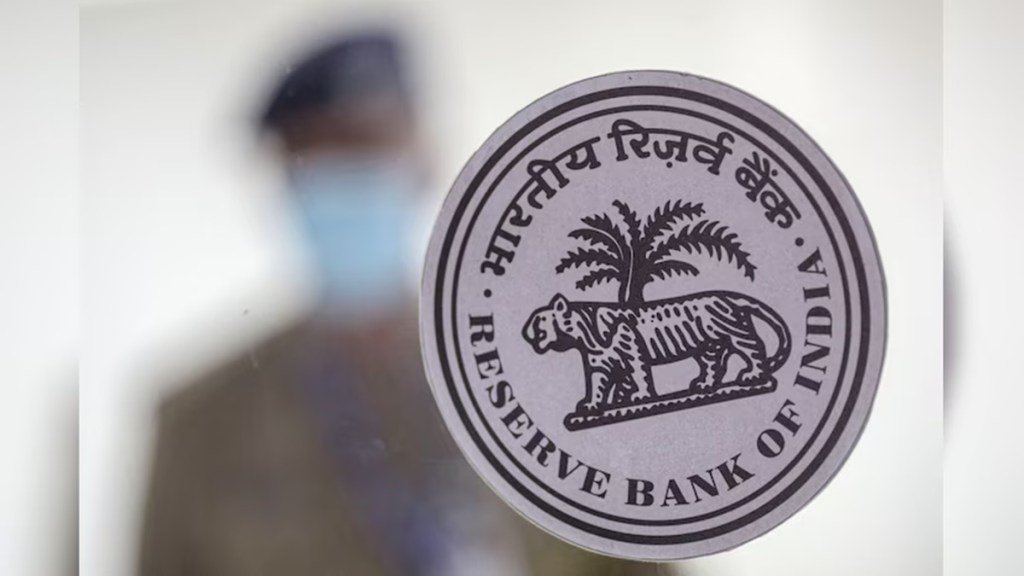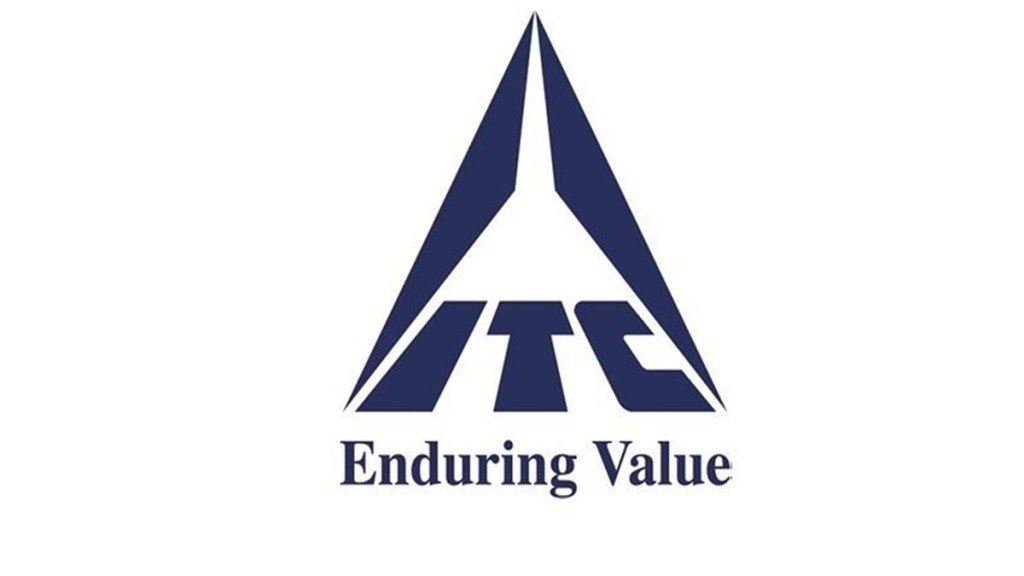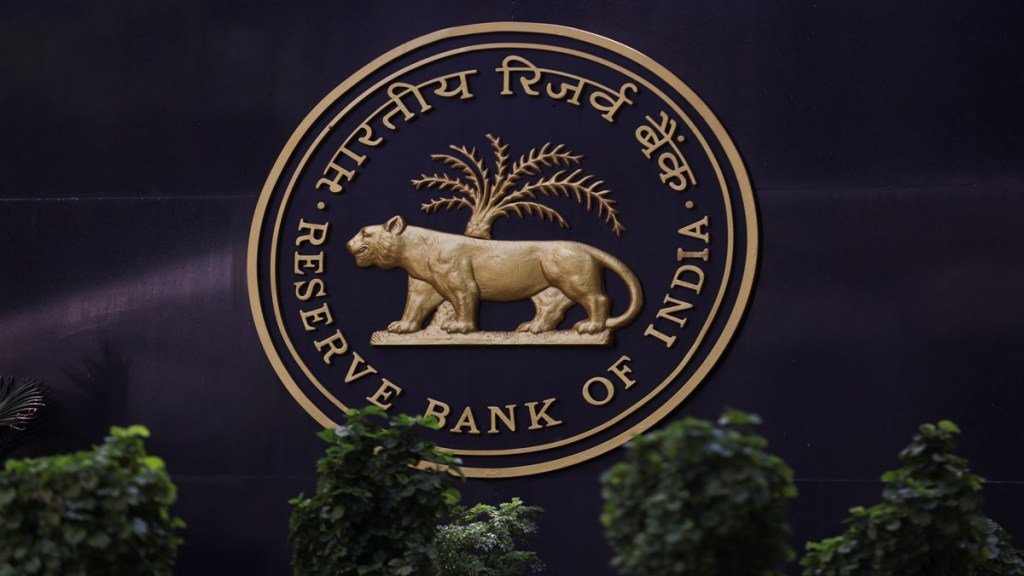
U.S. Citizenship and Immigration Services (USCIS) has announced that it has received enough petitions to meet the congressionally mandated H-2B visa cap for the second half of the 2025 fiscal year. March 5, 2025, was the final date for new cap-subject H-2B petitions requesting employment beginning between April 1 and September 30, 2025. Any petitions received after this date for this period will be rejected.
However, filing dates for supplemental H-2B visas for the remainder of the fiscal year are now available. The annual H-2B visa cap is set at 66,000, with 33,000 visas allocated for workers beginning employment in the first half of the fiscal year (October 1 – March 31) and another 33,000 for the second half (April 1 – September 30).
In November 2024, the U.S. government announced plans to make an additional 64,716 H-2B visas available for the 2025 fiscal year, in addition to the standard 66,000 visas. On December 2, 2024, the Department of Homeland Security (DHS) and the Department of Labor (DOL) issued a temporary final rule authorizing this increase. These supplemental visas are intended for U.S. businesses that demonstrate they would suffer significant harm without access to additional H-2B workers, as attested by the employer.
By January 2025, USCIS had already received enough petitions to meet the cap for the additional 20,716 H-2B visas allocated for returning workers with start dates on or before March 31, 2025.
The H-2B program allows U.S. employers to hire foreign nationals for temporary nonagricultural jobs when they meet specific regulatory requirements. Workers under this classification can stay in the U.S. for a maximum of three years. After reaching this limit, they must leave the country for at least 60 days before applying for a new H-2B visa.
The recent regulatory changes have streamlined stay restrictions by removing the previous “interrupted” stay provisions. This ensures that an H-2B worker can remain in the U.S. for up to 60 days after employment ends, allowing them time to secure new work or prepare for departure without violating their visa status.
To address seasonal labor needs throughout the year, the distribution of supplemental visas has been adjusted, with a portion of the second-half allocation reserved to meet peak summer demand.


















